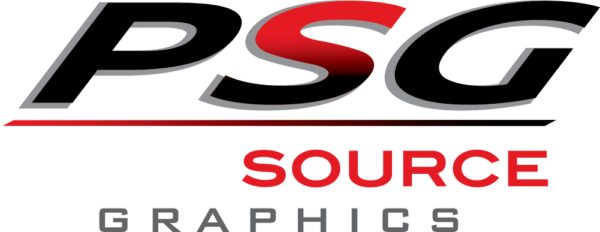- Print Marketing
Marketing Items
Marketing Items
- Labels
- Signs & Large Format
- Custom Apparel
Active Wear
Printing Options
- Promotional Products
- Blog
The Future of Printing: Trends and Innovations Shaping the Industry
The printing industry, once considered a traditional and slow-moving sector, is undergoing a remarkable transformation. Fueled by technological advancements, the future of printing promises exciting possibilities for businesses and consumers alike. This blog delves into the key trends and innovations shaping the printing landscape, exploring how technology is revolutionizing the way we create and interact with printed materials.
From Pixels to Products: The Rise of 3D Printing
One of the most captivating innovations is the emergence of 3D printing, also known as additive manufacturing. This technology allows for the creation of three-dimensional objects from digital models, layer by layer. Once confined to science fiction, 3D printing is now a reality, with applications across various industries.
Here’s how 3D printing is impacting the future of printing:
- Prototyping and Product Design: 3D printing empowers businesses to create physical prototypes quickly and efficiently, accelerating the product design and development process. This allows for faster iteration and testing before mass production.
- Customization and Personalization: 3D printing enables the creation of customized products on-demand. Imagine printing personalized phone cases, figurines with your face, or even custom-designed prosthetics. The possibilities for personalization are vast.
- On-Demand Manufacturing: 3D printing facilitates on-demand manufacturing, reducing the need for large inventories and minimizing waste. This allows businesses to produce items closer to the point of consumption, streamlining logistics and minimizing environmental impact.
Beyond One-Size-Fits-All: The Power of Variable Data Printing
Another significant trend is the rise of variable data printing (VDP). This technology allows for the creation of personalized printed materials by incorporating specific data into each piece. Imagine printing marketing brochures with the recipient’s name on the cover or customized greeting cards with unique messages.
VDP offers numerous benefits for businesses:
- Targeted Marketing: VDP allows for targeted marketing campaigns, sending personalized messages to specific customer segments. This increases engagement and conversion rates compared to generic marketing materials.
- Enhanced Customer Experience: Personalized printed materials create a more meaningful connection with customers. Imagine receiving a birthday card with your name or a loyalty program offer tailored to your purchase history.
- Operational Efficiency: VDP streamlines printing processes by automating the personalization process. Businesses can create large batches of personalized materials without manual intervention, saving time and resources.
Printing with a Conscience: Eco-Friendly Solutions Gain Traction
As environmental concerns rise, the printing industry is responding with a focus on sustainability. Here’s how technology is promoting eco-friendly printing solutions:
- Recycled Paper and Sustainable Materials: The use of recycled paper and other sustainable materials like bamboo paper is increasing. This reduces reliance on virgin wood pulp and minimizes deforestation.
- Soy-Based Inks and Biodegradable Materials: Soy-based inks are a more environmentally friendly alternative to traditional petroleum-based inks. Additionally, explorations in using biodegradable materials for printing could further reduce the environmental impact.
- On-Demand Printing and Reduced Waste: On-demand printing technologies like 3D printing minimize waste compared to traditional mass production methods. This allows for printing only what is needed, reducing excess materials and unnecessary printing runs.
A Look Ahead: The Evolving Printing Landscape
These trends and innovations represent just a glimpse into the future of printing. Here are some additional areas to watch:
- Integration with Artificial Intelligence (AI): AI could play a significant role in optimizing printing processes, suggesting the most efficient printing methods based on specific needs. Imagine AI analyzing data and recommending the most eco-friendly printing options for a particular job.
- Augmented Reality (AR) and Interactive Printing: AR technology could be integrated with printed materials, creating interactive experiences. Imagine a printed brochure coming to life with 3D animations or product visualizations when viewed through a smartphone.
- Advanced Security Features: Printing technologies could be enhanced with security features like invisible watermarks or unique identification codes to combat counterfeiting and protect sensitive information.
The future of printing is undoubtedly bright. Technology will continue to drive innovation, offering faster, more efficient, and more sustainable printing solutions. As the lines between the physical and digital worlds blur, printing will evolve to adapt, offering exciting new possibilities for businesses and consumers alike. Whether it’s the customization capabilities of 3D printing, the personalization power of VDP, or the environmentally friendly solutions emerging, the future of printing promises a vibrant and dynamic ecosystem.
Facebook
Twitter
LinkedIn
Pinterest





